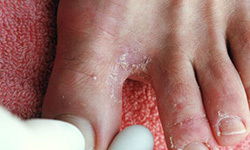A common disorder of the feet, Athlete’s foot is a condition, wherein, the soles develop scales or blisters, and cause uncomfortable itching. It’s mainly caused by a fungus and can be highly contagious. Scientifically known as tinea pedis, the athlete’s foot usually begins between the toes for people whose feet are too sweaty from wearing tight-fitting shoes. It can also be caused by contact allergy, bacterial infection, intertrigo, and occasionally, psoriasis. Though easily treated with anti-fungal medications, the doctor can recommend oral medication in severe cases.
Now that you know what causes athlete’s foot, let’s dig deeper into the symptoms before we move on to the best ways to cure it.
Athlete’s Foot: Symptoms
Following are the symptoms of athlete’s foot, based on which, you can start the treatment :
– Scaly red rash between the toes
– Blisters and ulcers from extreme dryness of the soles
– Raw skin on the feet
– Crumbly toenails, especially the ones that pull away from the nail bed
– Cracking, peeling of the skin on the feet
Athlete’s Foot: Treatment
Athlete’s foot is fairly easy to diagnose and treat, as the infection is distinctly visible. Treating the condition doesn’t usually require any major surgery; prescribed medication works fairly well, and is a cost-effective method for treatment. Here are five absolute ways to go about curing athlete’s foot:
-
- Over-the-counter medication
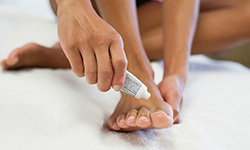
-
- Prescribed medication
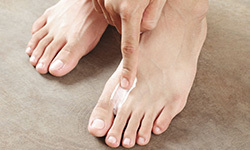
-
- Oral medication
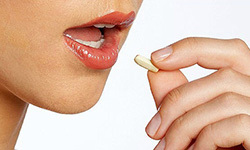
-
- Home-based solutions
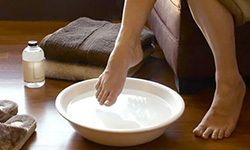
-
- Alternative therapy
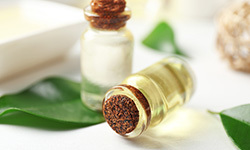
Often regarded as the best treatment for athlete’s foot at home, tea tree oil is known to even kill the germs that are resistant to antibiotics. Therefore, ask your doctor for a tea tree oil solution as a way to go about curing the condition.
Dermatologists all over the world vouch for the above-mentioned treatments, however, every case is different. Hence, consult a professional in your area before you chart a course of the treatment on your own.


